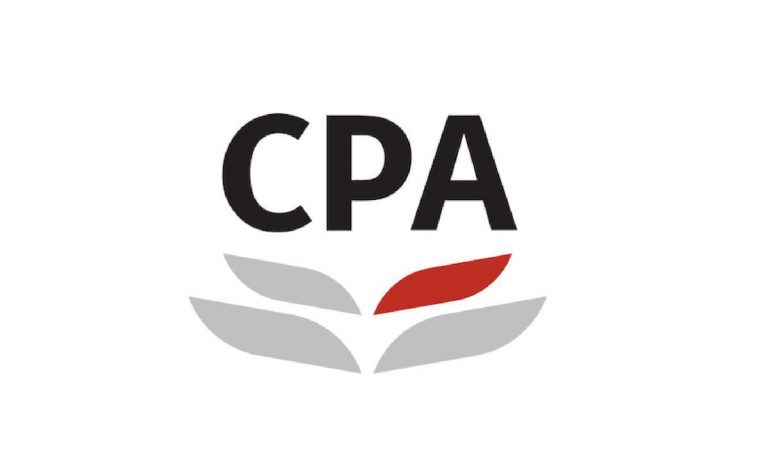Initial public offerings (IPOs) have long been the ultimate goal of many successful enterprises. Many entrepreneurs strive to get their companies listed to tap into the capital market of Hong Kong and take a glamourous photo on listing day at the trading hall of the Hong Kong Stock Exchange (HKEX) as a sign of success. However, arranging a listing is an expensive endeavour and involves significant regulatory hurdles.
Listing applications used to be mainly vetted by the HKEX. Now, however, with the power to object any listing application under the Securities and Futures (Stock Market Listing) Rules, the Securities and Futures Commission (SFC) has jumped to the front row to monitor listing applications. It will intervene at an early stage by actively reviewing listing applications, and conduct independent investigations of suspected disclosures of false or misleading information.
The continuous increase in the premium of a listed shell over the last two decades demonstrates that some enterprises are prepared to pay to get listed, without completing an IPO, through a reverse takeover – or a so-called “backdoor listing,” for example by merging with or acquiring a public company. This has created a market for issuers to undertake listings in order to sell shell companies for profit.
In recent years, however there has been strong regulatory push-back against backdoor listings and discouragement of the sale and purchase of a listed shell. Apart from stronger rules on reverse takeovers, the regulators have tightened the regulatory regime to discourage the manufacturing of a listed shell through IPOs. IPO practitioners such as sponsors, lawyers and accountants find it particularly stressful to handle two sets of regulators, and often have to address their concerns on some “shell-manufacturing” features. Satisfying one regulator does not necessarily mean that the other also agrees with your answers.
The SFC and the HKEX are particularly concerned about issuers trying to manufacture a listed shell company for sale, instead of achieving the healthy growth of a company through a listing. The latter is for the interests of public investors, whereas the former is for the selfish gain of some people at the expense of others.
The seven deadly sins
The HKEX has identified seven major concerns, which have been dubbed the “seven deadly sins” for potential listing applicants to think twice before incurring costs to prepare IPOs. They are: (1) small market capitalization upon listing; (2) a company marginally meeting the listing eligibility requirements; (3) fundraising size is disproportionate to relatively high listing expenses; (4) pure trading businesses with high concentration of customers; (5) asset-light businesses where a majority of assets are liquid and/or current assets; (6) in the case of a spin-off, artificial delineation of business between the listed group and the parent; and (7) no or little pre-IPO funding.
Actually, the sins are not “deadly,” and an IPO application may survive even if it has one or more of the characteristics. The HKEX will consider a number of factors, such as whether there are better financing options; any urgency in utilizing the use of proceeds; whether a company is cash-rich; and whether the business is in a sunset industry without a good prospect. If a company has a solid business, genuine track record as well as good prospects, the approval of listing is still possible.
However, if the “seven deadly sins” point to “shell-like” activities, it is likely that the listing application will not pass the HKEX and/or the SFC. Yet, there are borderline cases where the company has a long operation history and genuine business assets suggesting against it being a recently manufactured shell. A balanced approach will be adopted to grant a listing if the controlling shareholders can show commitment and voluntarily undertake a longer lock-up period for disposing of shares after listing together with enhanced disclosure in the prospectus.
In some cases, the controlling shareholder of a listing applicant has a history of establishing and disposing of a listed shell in the same industry. In these cases, presumption will be held strongly against such an applicant with “shell-like” features such as a low market capitalization, which allows the listed shell to be sold off easily after listing. However, if there are no other “shell-like” features, the said history alone will not result in rejection, provided that full disclosure of the same is made in the prospectus.
In all, the old practice of manufacturing listed shells through IPOs does not seem to be viable anymore, given the increased uncertainty in getting listing approval, higher costs and fewer buyers due to tight backdoor listing rules. The market and professionals should go back to the basics and focus on viable businesses with a genuine need for IPOs.
















